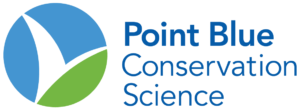 © Nancy Crowley
© Nancy CrowleyFarmlands Program
SUMMER 2024 PROGRAM NOTICE: The next BirdReturns-Farmlands Program will be taking applications in spring 2024 for three-week enrollments between July 15-September 30.
BirdReturns has been working with farmers and landowners since its inception in 2014 to provide early fall and late spring habitat for migratory shorebirds, waterfowl and other waterbirds. This year, The Migratory Bird Conservation Partnership and the Delta Conservancy, with funding and support from the California Department of Fish and Wildlife, are bringing the BirdReturns Program to California’s Sacramento-San Joaquin River Delta. The Delta is an important place for wetland birds of the Pacific Flyway because of its many wildlife-friendly crops like corn, wheat, and rice, as well as its abundant surface water. With post-harvest flooding, privately owned farmland creates valuable surrogate wetland habitat that migratory birds depend upon as they make their long journeys from Alaska to California and beyond, and then back again in the spring.
Migratory shorebirds begin arriving in the Central Valley in July, and peak in September. Historically many natural wetlands were drawing down at this time of year, creating ideal habitats for shorebirds to rest and refuel on their southward migrations along the Pacific Flyway. Because most of this land is now in agriculture, with fields still in production, this program is designed to fill the gap, creating temporary habitat when birds need it most.
Check back in April 2024 for details about late summer-early fall 2024 programs.
The objective of the BirdReturns-Delta Farmlands Summer Program is to incentivize farmers to create wetland habitat during the critical habitat window in late summer through early fall by maintaining shallow-flooded conditions on fallow or harvested fields for at least 21 days between July 15 and September 30, followed by a two-week drawdown period. Participants are selected via an open bidding process. To qualify, fields must have minimal standing vegetation (or stubble) so that shorebirds can easily access the ground surface for foraging. In fields that have recently been in production, some incorporation of crop residue must take place to expose the soil, but tillage should be light so as not to bury all the leftover small grains which are an important food for waterfowl and other species.
To apply for the Summer BirdReturns-Delta Farmlands Program, farmers may submit a bid consisting of the desired dollar amount per acre to create the habitat as described in the program details below.
Mosquito abatement considerations: Applicants interested in this practice should expect to be sprayed by mosquito abatement districts and should work with local district representatives to determine the approximate abatement fees prior to applying to ensure that they are accounting for these fees in their bids. Growers can find their mosquito vector control district here: https://shorturl.at/zDGJS.
Summer Delta Farmlands – Program Details
Application Period
Check back in April 2024 for bidding timeline and details.
Eligible Applicants
- Fallow or harvested fields in the Delta that are managed for elimination of crop stubble and vegetation. (Most field crops are suitable, including but not limited to wheat and other cereal grains, garbanzo beans, tomatoes, potatoes, sunflower, safflower, corn, rice, or fallow fields.)
- Fields with a minimum of 30 acres
- Farmers with access to ground and/or surface water
Ineligible Applicants
- Fields enrolled in any annual incentive program (i.e., NRCS EQIP) that provides payment to conduct flooding during the same time window (August 28 – October 13)
- Fields located within five miles of major airports, including Sacramento International and Travis AFB
- Fields less than 30 acres in size
- Fields located within three miles of incorporated cities (Mosquito Vector Control District exclusion zones)
Practice Specifications
Field requirements:
- Minimum size of an enrolled field is 30 acres.
- Fields must be open with no trees or vines, little to no vegetation or crop residue, and light tillage to expose soil but also ensure some waste grain is available for birds.
Post-harvest field management:
- Standing crop stubble or other emergent vegetation must not exceed 20% cover.
- Any combination of the following post-harvest crop stubble treatments and incorporation practices may be used to achieve a uniform level surface in the field and remove organic matter. This will reduce the likelihood of mosquito propagation.
- single stubble disc or chisel pass followed by single pass with a finish disc or roller
- double pass with stubble disc
- burn, chop, or bale followed by one of the discing combinations above
Flooding requirements:
- Flooding window: July 15 – September 30
- Enrolled acreage must be fully flooded by the program start date and maintained at an average depth of 2-4 inches so that no less than seventy-five percent (75%) of the enrolled acreage is flooded throughout a 3-week flooding period, followed by a 2-week drawdown.
- Flooding duration: Maintain flooding for a minimum of 21 days.
- Flooding depth: Maintain depths at 2-4 inches to the greatest extent possible.
- In sloping fields, the shallow end should be maintained at approximately 2 inches. The deep end may be greater than 4 inches; however, if possible, cross-field berms should be installed to maximize shallow depths.
- Fields that are out of compliance (uniformly deeper that 4 inches) are not acceptable.
- After the required flooding duration ends, begin a gradual drawdown reducing water levels incrementally over 2 weeks.
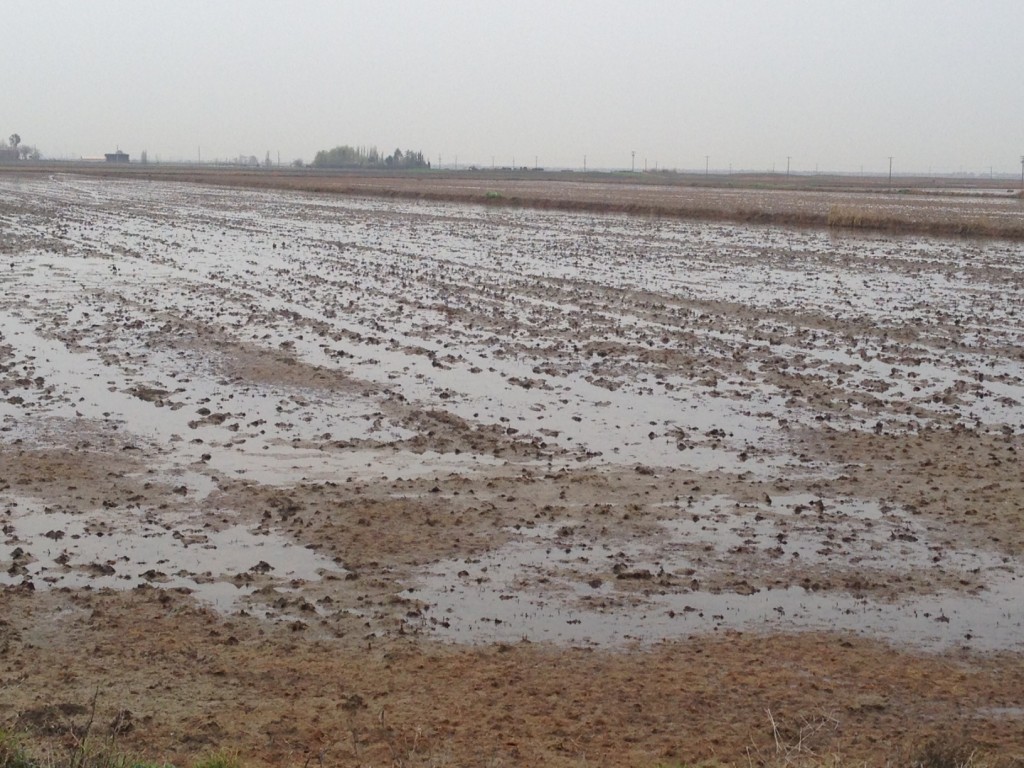 © Greg Golet
© Greg Golet © Greg Golet
© Greg Golet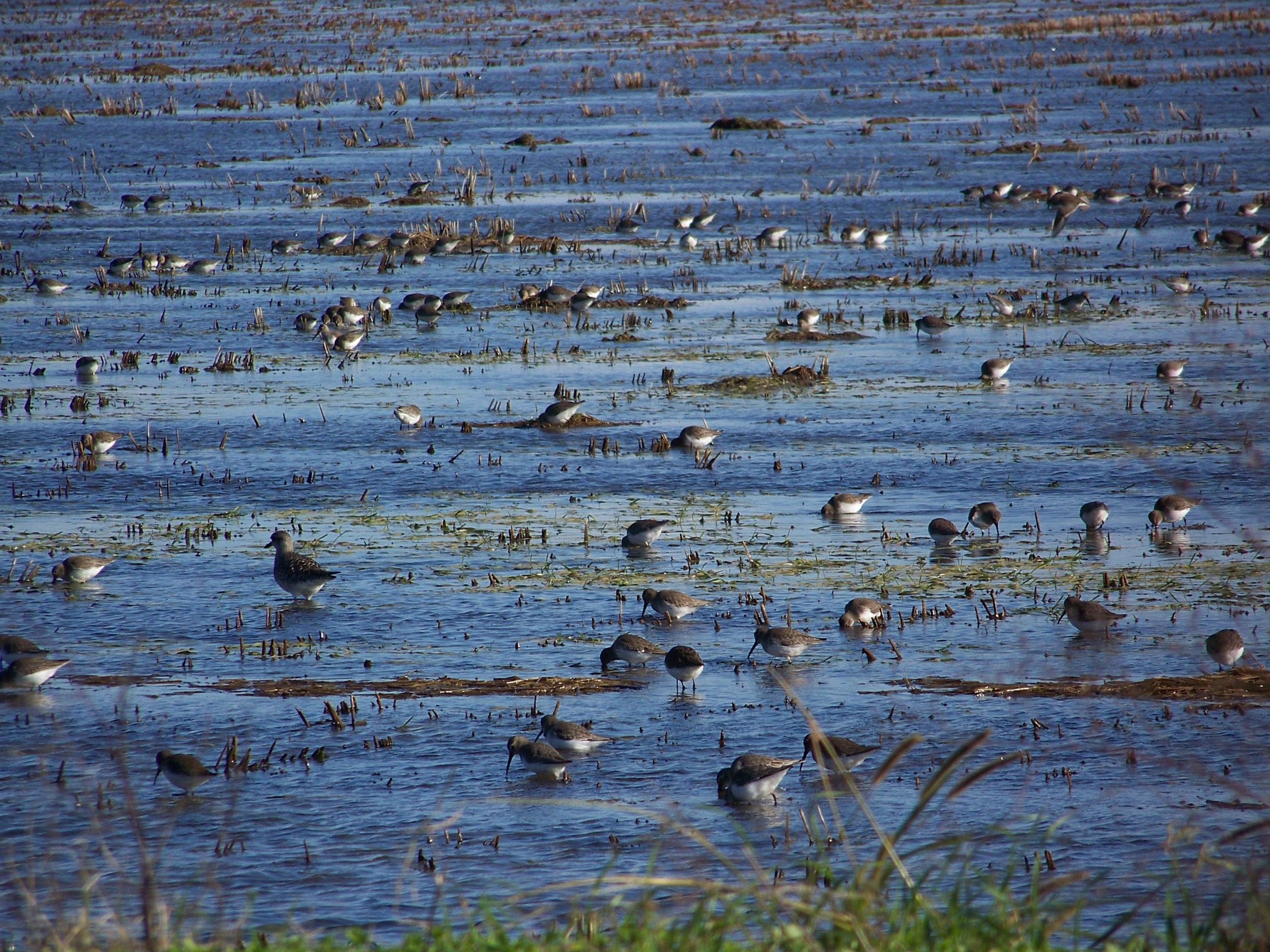 © Greg Golet
© Greg Golet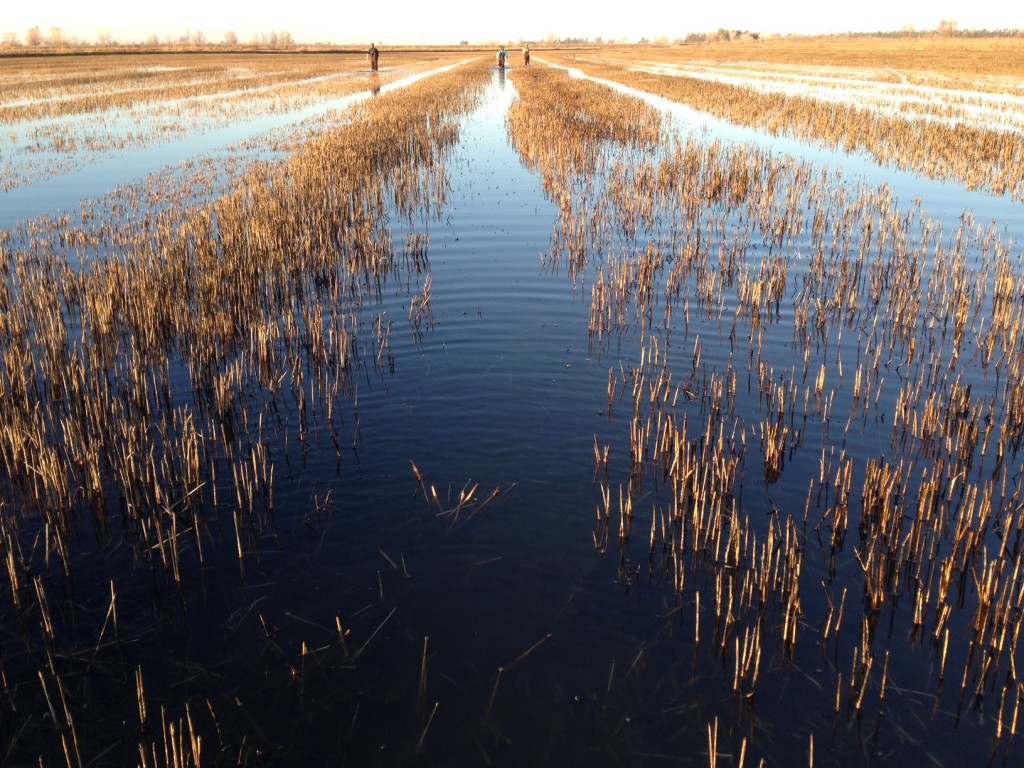 © Greg Golet
© Greg Golet © Greg Golet
© Greg Golet © Greg Golet
© Greg GoletBid Ranking and Scoring Process
All bids will be ranked and scored by representatives from the Migratory Bird Conservation Partnership, California Department of Fish and Wildlife, Ducks Unlimited, and the California Waterfowl Association. This committee will assess bids according to standardized methods and use scientific tools to predict the habitat value of each bid according to its location in the landscape, history of bird use in the surrounding area, and timing. Applicants that are able to flood longer, have larger acreages, and have competitive bids will rank higher. Please contact us if you’d like additional information on scoring criteria.
Planning Considerations
- Mosquito vector control districts will be notified upon property selection and landowner confirmation of acceptance to enroll
- Most field crops are suitable, including but not limited to wheat and other cereal grains, garbanzo beans, tomatoes, potatoes, sunflower, safflower, corn, rice, or fallow fields
- If multiple fields (in close proximity) are available for flooding, it is beneficial to stagger the flood-up by 1-2 weeks; if only one field is available, consider splitting it into two or more sections with cross-field berms and flooding each section 1-2 weeks apart

Why Is the Delta-Farmlands Program Important?
Millions of ducks, geese, swans, cranes, and shorebirds depend on wetland habitats in the Central Valley. They are critical to its ecosystem and economy and contribute to the quality of life in the region. Historically the Sacramento-San Joaquin River Delta has been especially valuable to these birds. Unfortunately, however, many of the waterbird friendly crops in this region are being converted to permanent crops (trees and vines) that offer little habitat value.
Shorebirds in particular are in steep decline and if they don’t have a place to rest and refuel during migration, their populations will drop even further. Other important waterbirds that migrate through and overwinter in the Delta are also likely to suffer, including the iconic sandhill crane.
Maintaining a mosaic of wetlands and well-managed wildlife-friendly croplands will allow this region to continue to support these birds while simultaneously benefiting other wildlife and the regional economy.

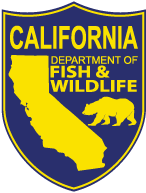
The BirdReturns-Delta Farmlands Program is managed by the Migratory Bird Conservation Partnership (The Nature Conservancy, Audubon California, and Point Blue Conservation Science), in partnership with the Delta Conservancy, and the program funder, the California Department of Fish and Wildlife.


